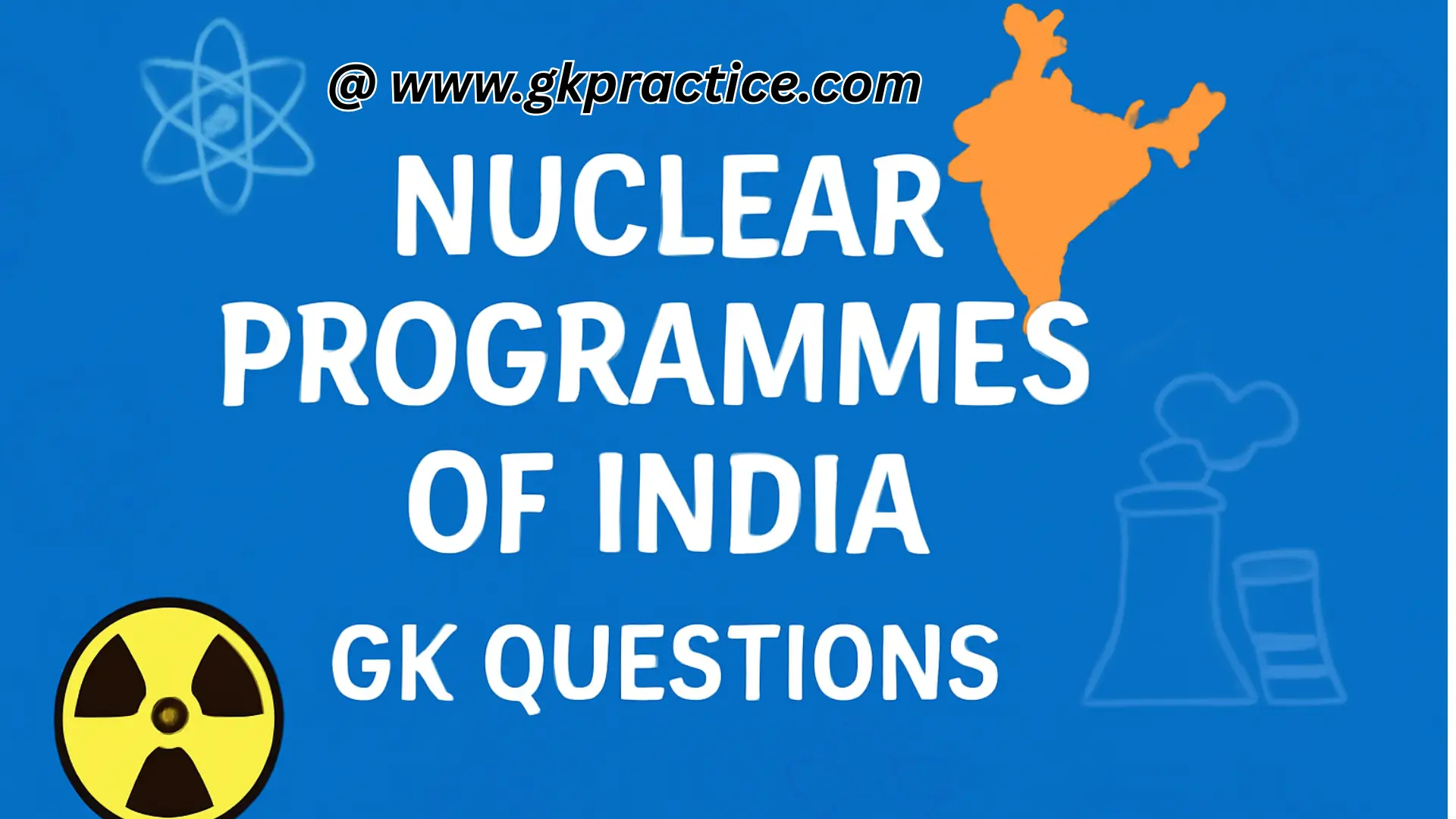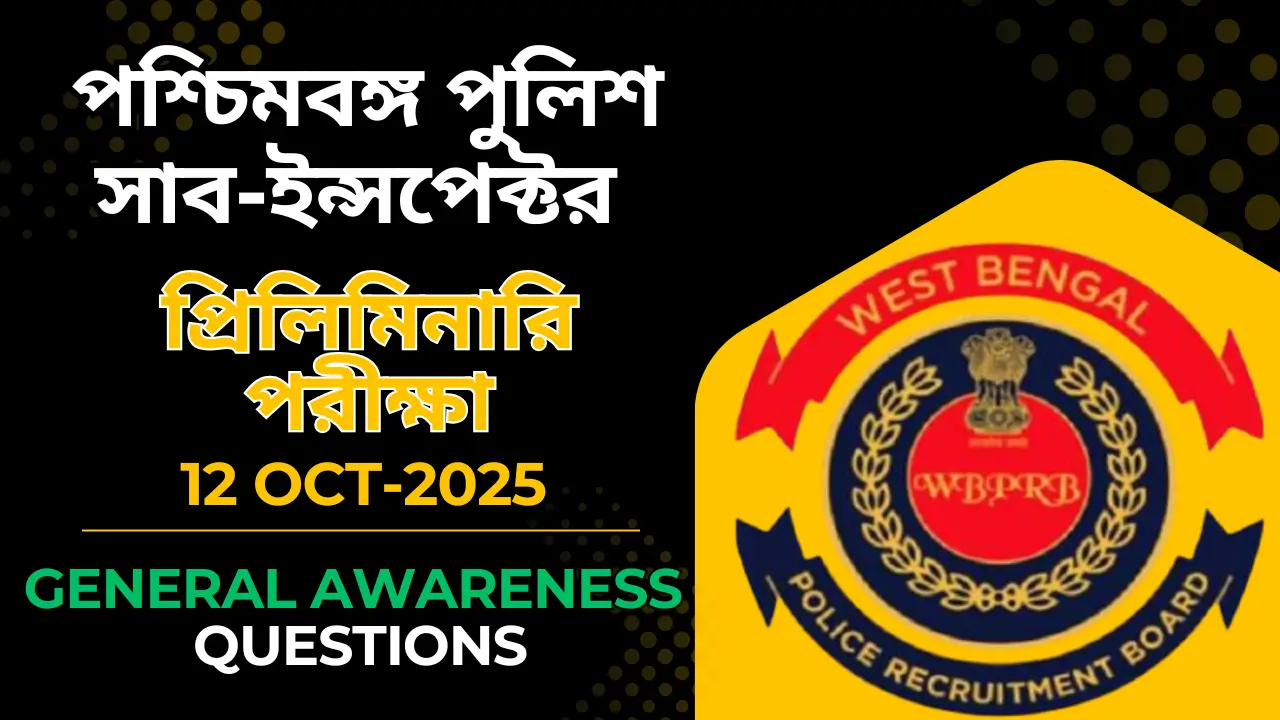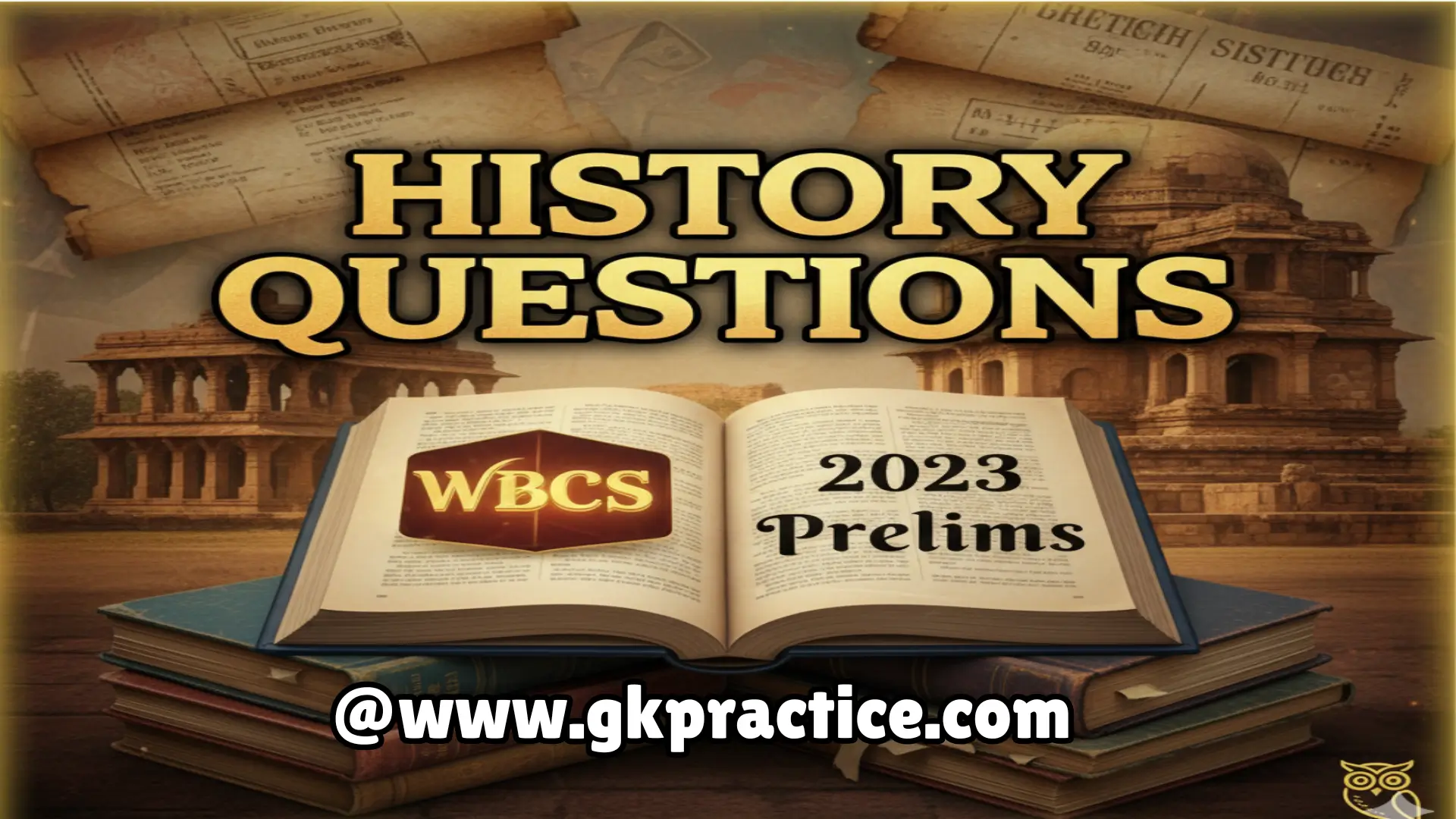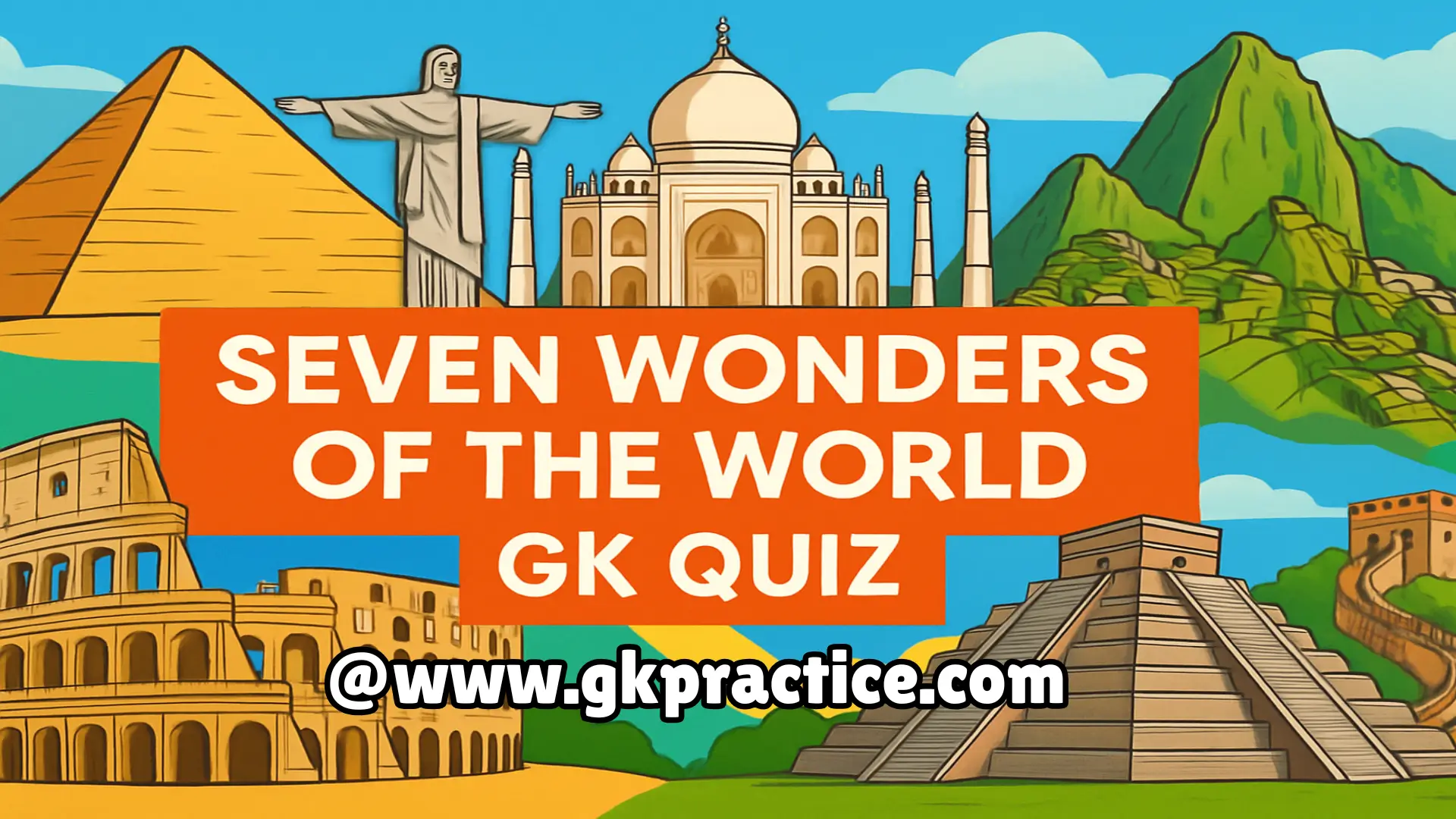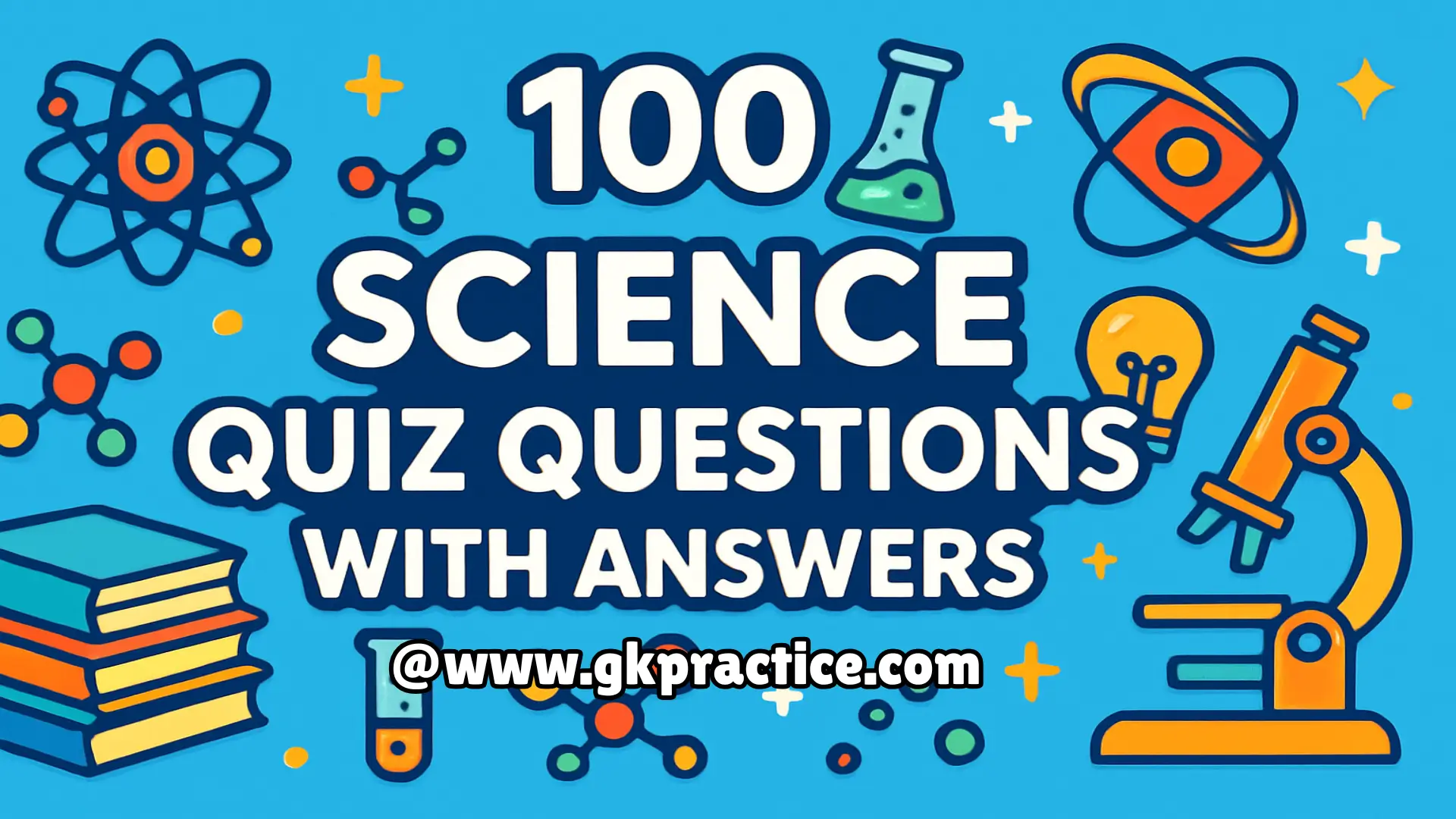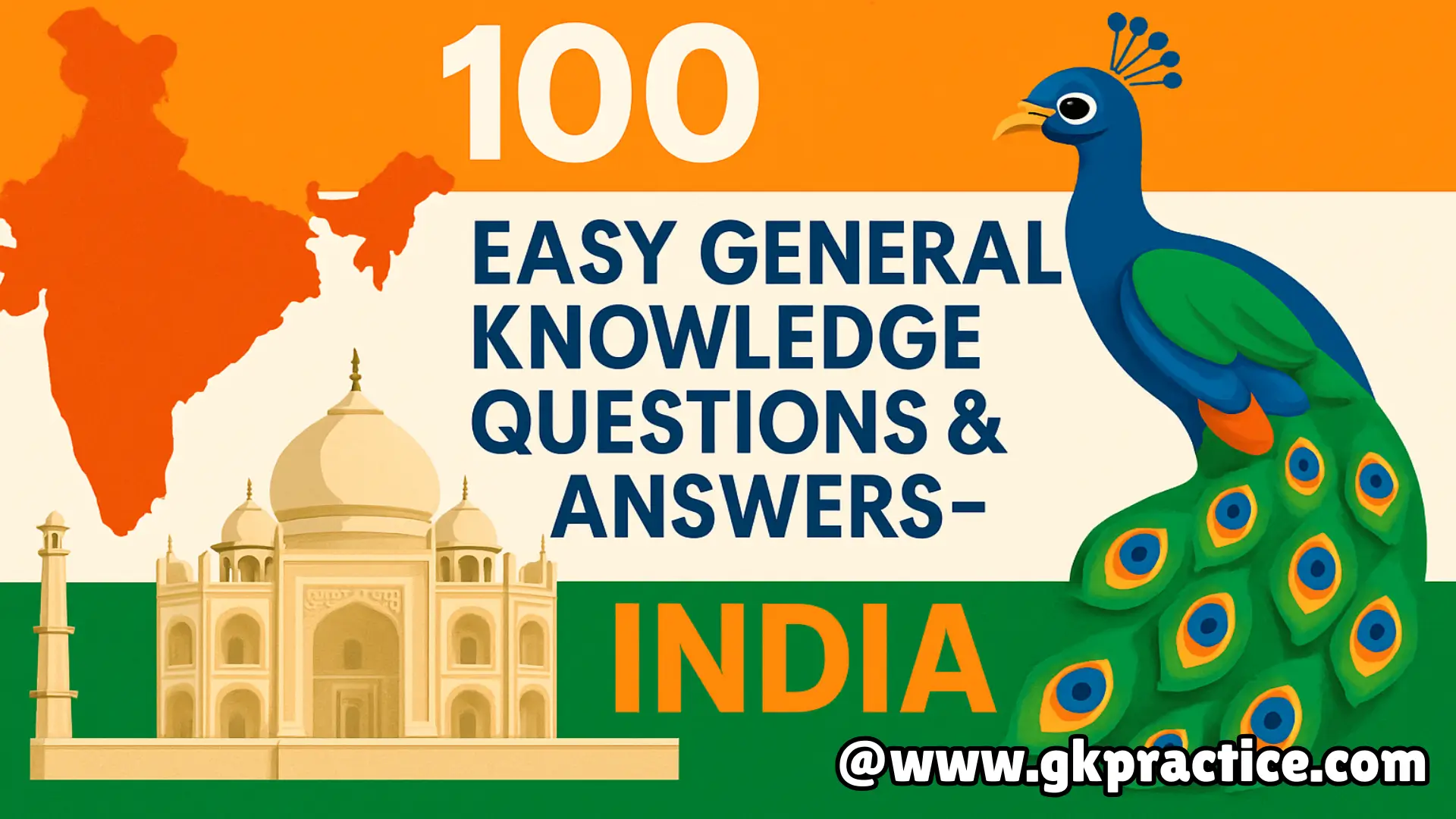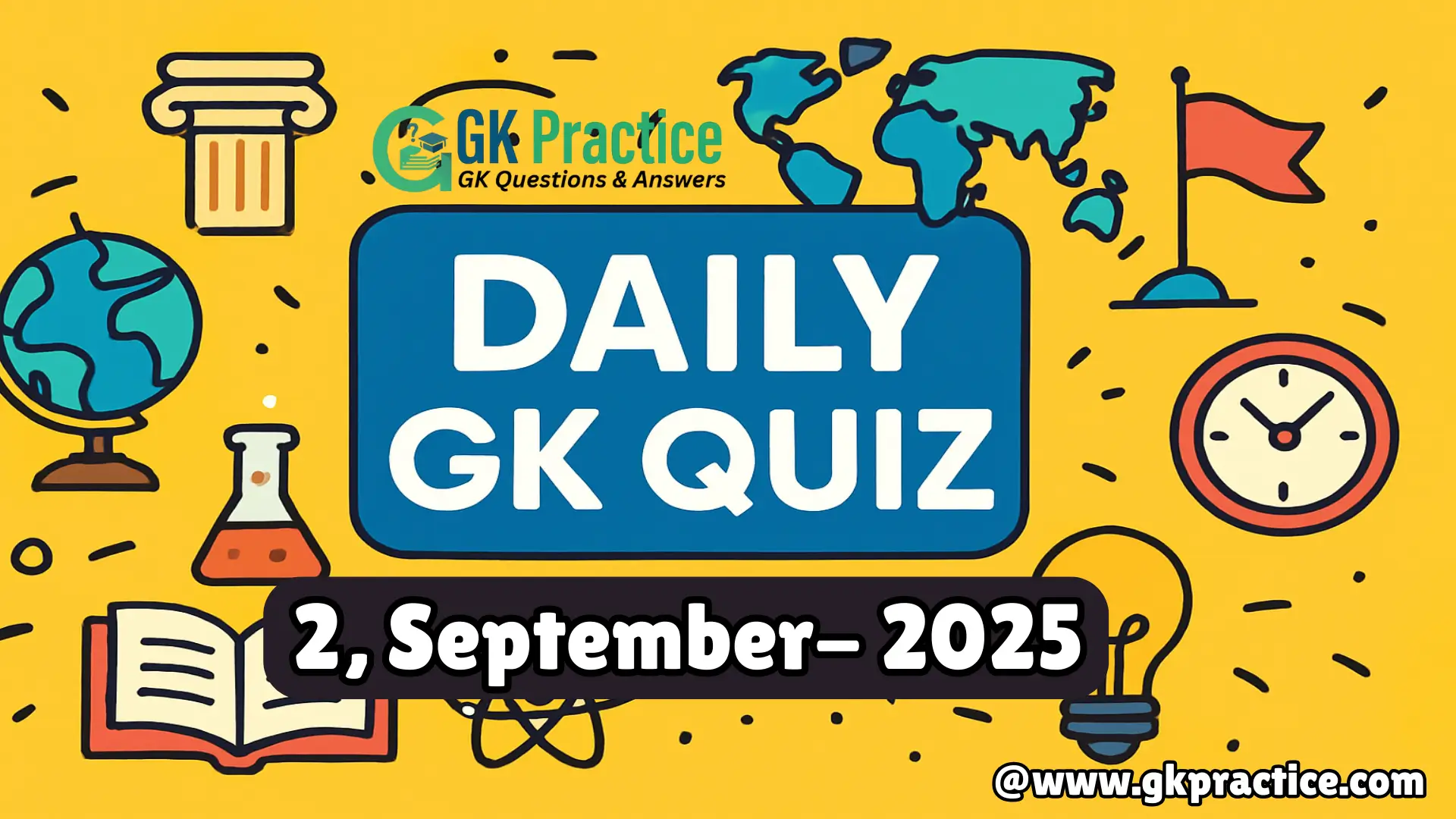This post covers Nuclear Programmes of India GK Questions and Answers with detailed explanations. It includes India’s nuclear energy history, important tests, reactors, and agreements. A useful resource for SSC, UPSC, Railway, Banking, Defence, and other competitive exams.
Test Your Knowledge With These Nuclear Programmes of India GK Questions:
Q1. When did India conduct its first nuclear test at Pokhran?
a) 1962
b) 1974
c) 1998
d) 2005
Explanation: India conducted its first nuclear test on 18 May 1974 at Pokhran, Rajasthan. The test was named “Smiling Buddha” and marked India’s entry into the group of nuclear-capable nations. This laid the foundation for India’s indigenous nuclear programme.
Q2. What is the name of India’s civilian nuclear power authority?
a) ISRO
b) DRDO
c) BARC
d) NPCIL
Explanation: The Nuclear Power Corporation of India Limited (NPCIL) is responsible for operating India’s commercial nuclear power plants. It was created in 1987 under the Department of Atomic Energy and runs reactors that generate electricity.
Q3. Who is considered the ‘Father of India’s Nuclear Programme’?
a) A.P.J. Abdul Kalam
b) Homi J. Bhabha
c) Vikram Sarabhai
d) Raja Ramanna
Explanation: Dr. Homi J. Bhabha is regarded as the father of India’s nuclear programme. He was instrumental in setting up the Tata Institute of Fundamental Research (TIFR) and Bhabha Atomic Research Centre (BARC), pioneering nuclear research in India.
Q4. The Pokhran-II nuclear tests were conducted in which year?
a) 1984
b) 1995
c) 1998
d) 2001
Explanation: Pokhran-II nuclear tests, also known as Operation Shakti, were conducted in May 1998 under Prime Minister Atal Bihari Vajpayee. A series of five underground tests established India as a nuclear weapons state.
Q5. Where is the Bhabha Atomic Research Centre (BARC) located?
a) Chennai
b) Trombay, Mumbai
c) Hyderabad
d) Bengaluru
Explanation: BARC, located at Trombay, Mumbai, is India’s premier nuclear research facility. It is engaged in advanced research in nuclear science, reactors, fuel, and atomic energy applications for peaceful purposes.
Q6. Which Indian nuclear power plant was the first to become operational?
a) Kudankulam
b) Tarapur
c) Kaiga
d) Kalpakkam
Explanation: The Tarapur Atomic Power Station (TAPS) in Maharashtra was India’s first nuclear power plant, commissioned in 1969. It marked the beginning of nuclear power generation for civilian purposes in the country.
Q7. India’s nuclear programme works under which government department?
a) Ministry of Power
b) Ministry of Defence
c) Department of Atomic Energy
d) Ministry of Science & Tech
Explanation: The Department of Atomic Energy (DAE), established in 1954, manages India’s nuclear energy and research. It operates directly under the Prime Minister of India, highlighting the importance of atomic energy in national strategy.
Q8. The Indo-US Civil Nuclear Agreement was signed in which year?
a) 2004
b) 2005
c) 2008
d) 2010
Explanation: The Indo-US Civil Nuclear Agreement, signed in 2008, allowed India access to nuclear technology and fuel from the international market despite not being a signatory of the Nuclear Non-Proliferation Treaty (NPT).
Q9. Which is India’s largest nuclear power station?
a) Kudankulam
b) Kaiga
c) Kalpakkam
d) Narora
Explanation: The Kudankulam Nuclear Power Plant in Tamil Nadu is India’s largest nuclear power station. Built with Russian collaboration, it has advanced safety systems and a total capacity of over 2,000 MW.
Q10. What was the codename of India’s first nuclear test in 1974?
a) Operation Shakti
b) Smiling Buddha
c) Operation Trident
d) Shakti-II
Explanation: India’s first nuclear test in 1974 was code-named “Smiling Buddha.” The test was a peaceful nuclear explosion, but it demonstrated India’s scientific capability to develop nuclear weapons technology.

